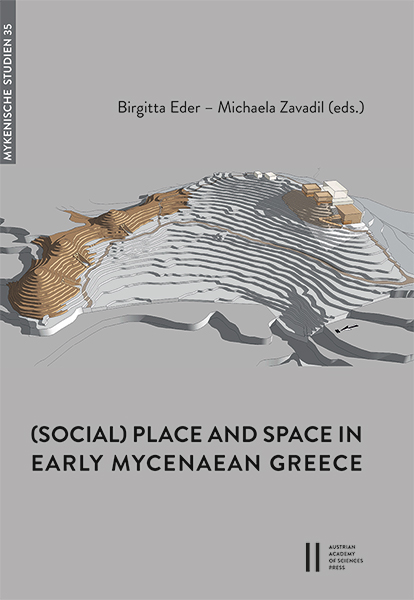
(Social) Place and Space in Early Mycenaean Greece, pp. 453-478, 2021/05/26
International Discussions in Mycenaean Archaeology
October 5–8, 2016, Athens

The present paper focuses on the life cycle of Argos during the early Mycenaean period (MH III/LH I–LH II), also taking into consideration the back-history of the settlement from the beginning of the MH period. On thebasis of new evidence from the Aspis MH settlement, and using the Adaptive Cycle model for Argos and for nearbysettlements (Lerna, Mycenae), we propose the existence not only of varied life paths for the different sites, but also ofimportant potentials in the MH period that led Argos to great prosperity during the MH II phase, completing a wholeAC by the end of the MH period. During the transitional phase (MH III/LH I), and despite a rather illusory image ofcontinuous growth, as reflected in new buildings in the fortified acropolis of the Aspis, Argos enters a critical phasethat then becomes apparent through the abandonment of certain residential areas and the relocation of some populationgroups within and probably beyond its borders. According to one possible scenario, a group of people moved, atthe very beginning of MH III, from the Aspis acropolis probably to Mycenae, thus participating in its spectacular risefrom the late MH period and onwards. In LH I–ΙΙΑ Argos is still in a phase of reorganisation, marked by the definiteabandonment of the acropolis and changes in the social and economic domains. Only in LH IIB does Argos enter aphase of substantial renewal, as reflected in both the burial/ideological and the residential spheres through the respectiveestablishment of a new burial ground at the Deiras and the rapid expansion of the settlement in the Lower Townupon the vestiges of the old cemetery. However, the critical phase in the transition to the LH period and the restraint ofArgos’ dynamic course irreversibly transformed it from a leader and a prime agent of the plain (in MH) into a secondarypolitical power throughout the Mycenaean period.
Keywords: Argos, Middle Helladic, early Late Helladic, Adaptive Cycle, social change, migration, Lerna, Mycenae